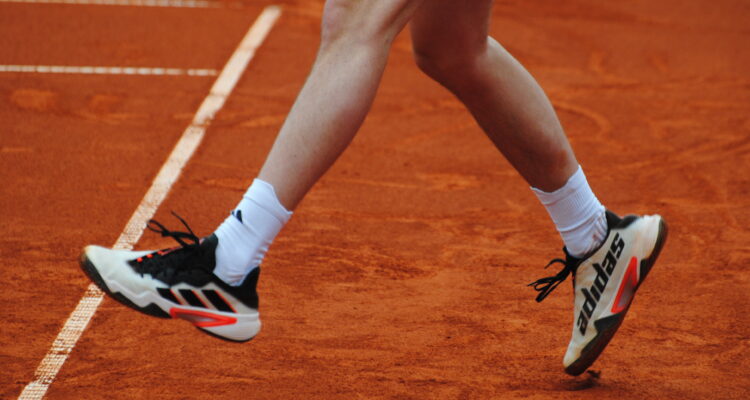STARNBERG, November 7, 2023 (Guest Post)
Tennis is not only a sport predicated on skill; it’s also one that depends on the ability of the players to endure. If you turn on any tournament, especially the Grand Slams (the four most coveted titles in the sport), you will quickly notice that tennis matches don’t end in minutes – 45, 60, 90; instead, they typically go on for hours. Along with that, the tennis tour typically follows the sun – meaning that tournaments are typically played where it’s sunny that time of the year, with the circuit starting from Australia in January.
Having said that, you can now have a clearer picture of what it takes to be a professional tennis player – you have to be able to endure not only long hours but also all kinds of conditions (typically hot, sunny, and occasionally humid). And how does running fit into that equation? Well, let’s find out.
How To Incorporate Running as a Part of the Tennis Player Training Program
Running is considered to be the best sport for improving your endurance, so it’s natural for it to be a part of any tennis player’s workout regime. Having said that, incorporating running into tennis workouts is quite; you just have to:
- Find time for it during the training block
- Pick out the right shoes (like these stability running shoes for men)
- Choose the type of running workout
If you stick to these three easy steps, you will find it quite natural to incorporate running into the tennis regime you already have. Just remember not to overdo it – after all, tennis practices are exhausting enough as it is.
The Types of Running Workouts
When we talk about running, people typically imagine marathons – you take on the road, and you just run for hours at a time. However, that’s not the only type of running workout out there, and it’s likely the least beneficial one for tennis players. So let’s have a look at some other ones.
Suicide Runs
Accurately named, suicide runs are one of the most difficult and most beneficial running drills for tennis players. They consist of the player running sprints from one line to the other – stopping and starting quickly and sprinting as hard as possible over a short distance. This workout aims to develop quickness, speed, and agility, along with endurance, as it replicates the way players have to move during a tennis match. Along with developing the muscles, this kind of training also works the muscles and the joints, helping them to adjust to the kind of impact they will be coping with during tennis.
Having said that, suicide runs are high-intensity drill that requires a lot of energy and will drain the player, which is why it’s important to consider how you utilize it in a training block.
Footwork Drills
Footwork drills are considered a must-do for all athletes, especially for tennis players. They’re an excellent way to develop agility, coordination, and endurance while putting you in positions that directly replicate what happens in a tennis match. There are many variations of these movements – some require you to move from side to side, front to back, and they test your ability to not only move quickly but also think quickly.
Many coaches like to use jumping ropes, ladders, and cones to make these drills harder and more engaging.
Long Recovery Runs
Having good cardiovascular endurance is key for any tennis player, and one of the best ways to build it while also helping the body recover from grueling practice is with long, slow runs. That’s basically running at a comfortable pace with low to medium intensity for around 40 minutes to an hour. It’s key here to reach around 60-70% of your maximum heart rate and not go above, as then the session becomes a more intense one.
There are a few key benefits associated with these types of runs:
- They strengthen the heart and increase the body’s ability to deliver oxygen to the muscles
- Teach the body efficiency, helping it minimize the energy required for running
- Enhance the body’s ability to use fat as a source of energy
- Builds strength in the joints and muscles so that they can go pain-free during longer sporting activities
In Conclusion
Even though tennis practices do require players to run, having separate sessions dedicated specifically to different running drills is a must for any player aiming to be professional or to improve their game. After all, running is widely regarded as the best activity for strengthening the heart, building endurance, and helping your joints and muscles adapt to long hours of strenuous training. Hopefully, this article helped you learn how to incorporate running into your weekly workouts and that it inspired you to do so, as that was our end goal.






